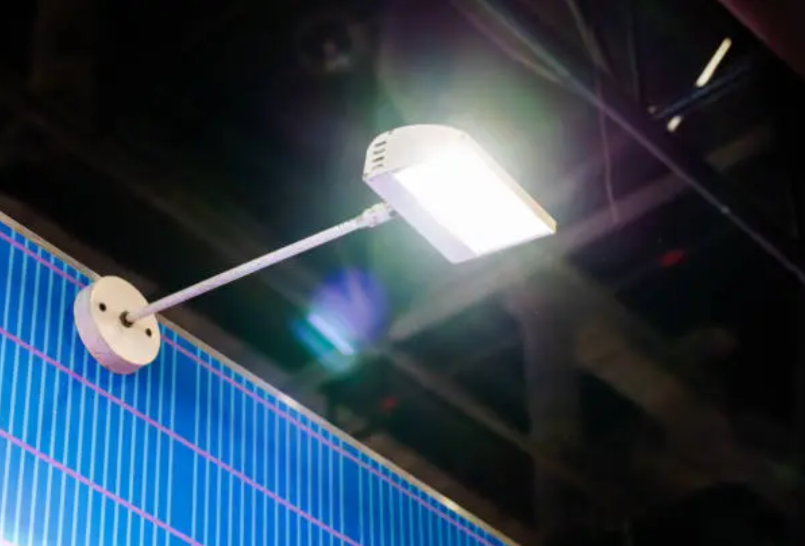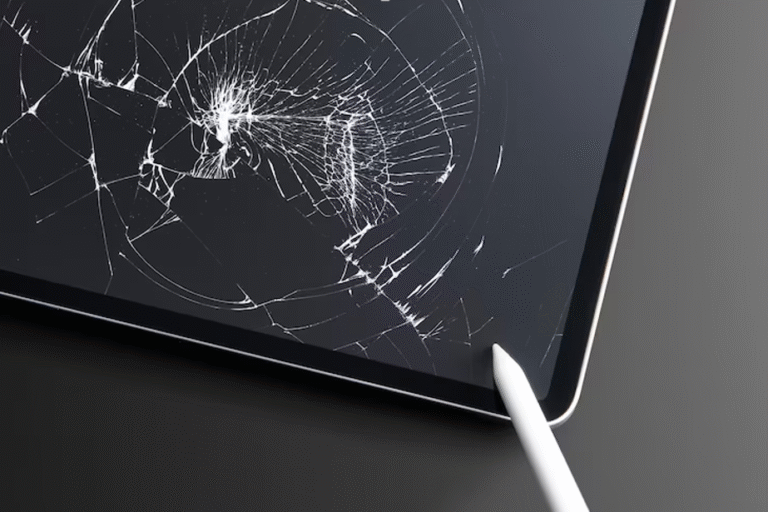How Led Shoebox Light Technology Is Changing Urban and Commercial Outdoor Areas

With the advancement of technology and its implementation in the smart cities framework, the requirements of outdoor illumination are changing thoughtfully. Developers, urban planners, and contractors are not opting for obsolete lighting systems that are energy hungry and maintenance expensive. Many of those are switching to modern technologies like LED shoebox light systems that provide powerful illumination, conserve energy, and have a long service life.
In the case of any forward looking solar street light manufacturer, integrating LED shoebox lighting into the mainline of products is a step towards the smart and greener prospect. This article will further explain how this sophisticated lighting technology is transforming commercial and urban infrastructures worldwide, and the reasons that are strong enough for B2B companies to shift their focus.
What Is Led Shoebox Light Technology
LED shoebox lights are compact, rectangular outdoor fixtures . Like other forms of outdoor lights, they are fixed on poles and are used to light large open spaces like streets, highways, parking lots, campuses, and business parks. Unlike HID (high-intensity discharge) counterparts, these lights utilize enormous amounts of electricity and are much more economical, designed to uniformly distribute light over extensive spaces.
Whether for metropolitan or commercial project applications, the LED shoebox lights illuminate on a large scale making them ideal due to their optical accuracy, efficiency, and modular design. For a solar street light company, we can now pair solar panels with LED shoebox lights making this integration highly reduce grid dependence and carbon emissions simultaneously—saving operational costs while being sustainable.
Factors that are Important in B2B Lighting Projects
As the flagship benefit is energy efficiency, LED shoebox lights are equipped with features that streamline B2B operations multifold.
- Unmatched Energy Efficiency: LED shoebox lights are estimated to consume up to 70% less energy relative to traditional lighting systems, helping municipalities and businesses decrease their electricity expenses significantly.
- Great Reliability: LED Fixtures operate at an exceptional lifespan of 50,000–100,000 hours which helps reduce maintenance cycles and operational disruption.
- Great Light Visibility: LED shoebox lights have high CRI (Color Rendering Index), superbly enhancing safety and aesthetics by providing uniform and natural visibility.
- Adaptable Schedules: Many models allow remote dimming, programmable lighting, photocells, motion sensing, and other wireless control features which allow for schedule adaptivity.
- Recyclable and Green: LEDs’s lack of mercury, hazardous substances, and ability to fully recycle makes it eco-friendly as well as ideal for green infrastructure goals.
Both public and private sector clients experience these advantages as lower costs of ownership and expenses (TCO), improved user satisfaction, and decreased operational disruptions.
Application Areas Driving Demand
The versatility and efficiency of LED shoebox lighting makes it ideal for many B2B applications. Here are just a few sectors driving demand:
Municipal Roadways and Smart Cities
Urban planners face greater challenges regarding energy usage and the quality of lighting provided. LED shoebox lights have become standard for street lighting because they are easily integrated into smart city systems and provide adequate illumination.
In many new constructions, cities apply a hybrid approach where LED shoebox light fittings are supplemented with solar panels, which is a market for a solar street light company that wants to use smart city infrastructure contracts.
Commercial Parking Facilities
Safety and security of commercial parking lots is crucial. LED shoebox lights not only provide visibility but also eliminate dark areas which can make customers and employees feel unsafe. Also, the directional light reduces light spill to surrounding sensitive areas, maintaining good relations with surrounding businesses.
Educational and Industrial Properties
When it comes to colleges and warehouses, expansive campuses demand wide area illumination with adequate safety measures, so that the high-performance lighting is both safe and functional. Shoebox led lights are excellent for commercial developers and facilities managers because they offer powerful lighting with low upkeep.
Sport and Recreational Areas
Sports courts, community parks, and other recreational areas require uniform, low-glare light levels. Led shoebox lights can be placed strategically to provide adequate light for evening activities while minimizing energy consumption.
Optimistic Integration with Solar
The joining of solar hybrid systems and LED fixtures is the most striking innovation in the outdoor lighting landscape. Cities and empresas can situate lighting infrastructure where grid access is limited by integrating LED fixtures with photovoltaic panels and energy storage systems.
Because rural and emerging markets have no access to electricity, these countries can benefit greatly. An innovative solar street light company could utilize this technology to provide off-grid self-sustaining street lights requiring little maintenance while making a big difference for the environment.
The insightful combination of the two keywords is illustrated in this example sentence: A modern solar street light company can invest in the business shuttering opportunity presented with advanced LED shoebox light in its commercial lighting strategy as more corporations shift towards renewable energy.
See Also: The Influence of Tech on Modern Communication
Primary Considerations for B2B Purchasers
Choosing a lighting solution is important when completing a project. Outlined below is what B2B buyers should consider while procurement sourcing LED shoebox light:
- Wattage and Lumen Output: Pick based on the magnitude and illumination requirements of the space to be lit.
- Type of Light Distribution: Optics like Type III or Type V are adequate for certain applications (roadway versus parking lot) with correct beam spread.
- Certification and Legal Compliance: Check that the fixtures have met local and international safety and efficiency regulations (DLC, CE, ROHS).
- Integration of Smart Controls: Opt for models that offer automation options such as motion sensors or schedules for infrastructure plans.
- Durability Ratings: Fixtures with IP65 or higher offer resistance to dust, water, and harsh weather.
- Warranty and After Service: Aggressive support and warranty terms will mitigate long-term risks.
Working with a competent solar street light company familiar with these technical and commercial aspects will aid in ensuring smoother project execution and optimal performance.
Why LED Shoebox Lights Represent the Future
Urbanization, the increment in energy prices and climate issues are coming together to render obsolete traditional lighting systems. In comparison, LED shoebox lights offer a high-tech solution. Their efficiency, dependability, versatility and incorporation with solar or smart systems renders them as fundamental components of modern urban and commercial lighting infrastructure.
As public officials, property developers and large business facility managers look to upgrade their systems, the companies that incorporate innovative designs such as LED shoebox lights coupled with smart or solar features will profit the most from this blooming industry.
Conclusion
The evolution of LED shoebox light technology signifies a paradigm shift in the outdoor lighting landscape for cities and businesses. Enhanced illumination, intelligent controls, integration with solar energy, and reliable performance tailor to the demands of today’s B2B consumers. For a solar street light company, the integration of LED shoebox lighting into their product portfolio will not only create a competitive edge, but also provide an opportunity to influence the development of intelligent infrastructure.
Companies considering setting up large scale lighting systems should place shoebox LED lights at the top of their list due to their effective cost, efficiency, reliability, long-term eco-friendliness, and adaptability.





